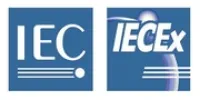Process Water & Wastewater Analysis
Process Water & Wastewater Quality Analysis
Water is an essential input for the food and beverage industry. The water used in food production and the beverage industry is considered to be potable water (i.e., drinking water). This water may come from a variety of possible sources including surface water such as streams, rivers, lakes, groundwater (e.g., underground natural springs, wells), rainwater, and seawater (after desalination). Reuse of water keeps costs down, and by using less water also reduces the amount of wastewater and treatment costs. Real-time water quality insights help food and beverage manufacturers avoid product contamination, minimize product loss and decrease operating costs.
On-line water quality analysis is important for Total Organic Carbon (TOC), Chemical Oxygen Demand (COD), Biological Oxygen Demand (BOD), water influent and effluent discharge control for quality and compliance, water for injection (WFI), Total Nitrogen Bound (TNb), NPOC (Non-Purgeable Organic Carbon), and DOC (dissolved organic carbon) in pure, drinking, surface, process and wastewater or monitoring return/boiler water quality to prevent system corrosion in crucial processes.
MONITORing TOC (TOTAL ORGANIC CARBON) in process water matters
- Process optimization: TOC measurements provide information about the quality of the water used in industrial processes. By monitoring these parameters, operators can adjust their processes to optimize performance and minimize waste.
- Environmental compliance: Many industries are required to meet certain water quality standards to comply with environmental regulations. Accurate measurement of TOC can help industries ensure they are meeting these standards.
- Product quality: In industries where water is used as a component in products, the quality of the water can impact the quality of the final product. Accurate measurement of TOC can help ensure that the water used in production meets the required quality standards.
- Cost savings: By monitoring TOC levels, industries can identify opportunities to reduce waste and optimize processes, which can lead to cost savings.
- Safety: High levels of organic carbon in water can pose a safety risk, as they can promote the growth of harmful bacteria. Measuring TOC levels can help industries ensure the safety of their employees and customers.
MONITORing TOC (TOTAL ORGANIC CARBON) in wastewater matters
- Compliance with Environmental Regulations: TOC is a measure of the amount of organic carbon in the wastewater, which can be an indicator of the presence of organic pollutants. Many countries have regulations that limit the amount of organic pollutants that can be discharged into the environment. Monitoring TOC in wastewater can help ensure compliance with these regulations and avoid costly fines.
- Protection of the Environment: Organic pollutants can be harmful to the environment and aquatic life. Monitoring TOC in wastewater can help identify sources of organic pollution and prevent the discharge of contaminated wastewater into the environment.
- Process Control: TOC monitoring can help control the efficiency of wastewater treatment processes. For example, if the TOC level in the influent wastewater is high, it may indicate that the treatment process is not working effectively and needs to be adjusted.
- Optimization of Treatment Processes: TOC monitoring can help optimize the efficiency of wastewater treatment processes. By monitoring the TOC level in the influent and effluent wastewater, it is possible to determine the effectiveness of the treatment process and identify opportunities for process optimization.
monitoring process & wastewater by industry
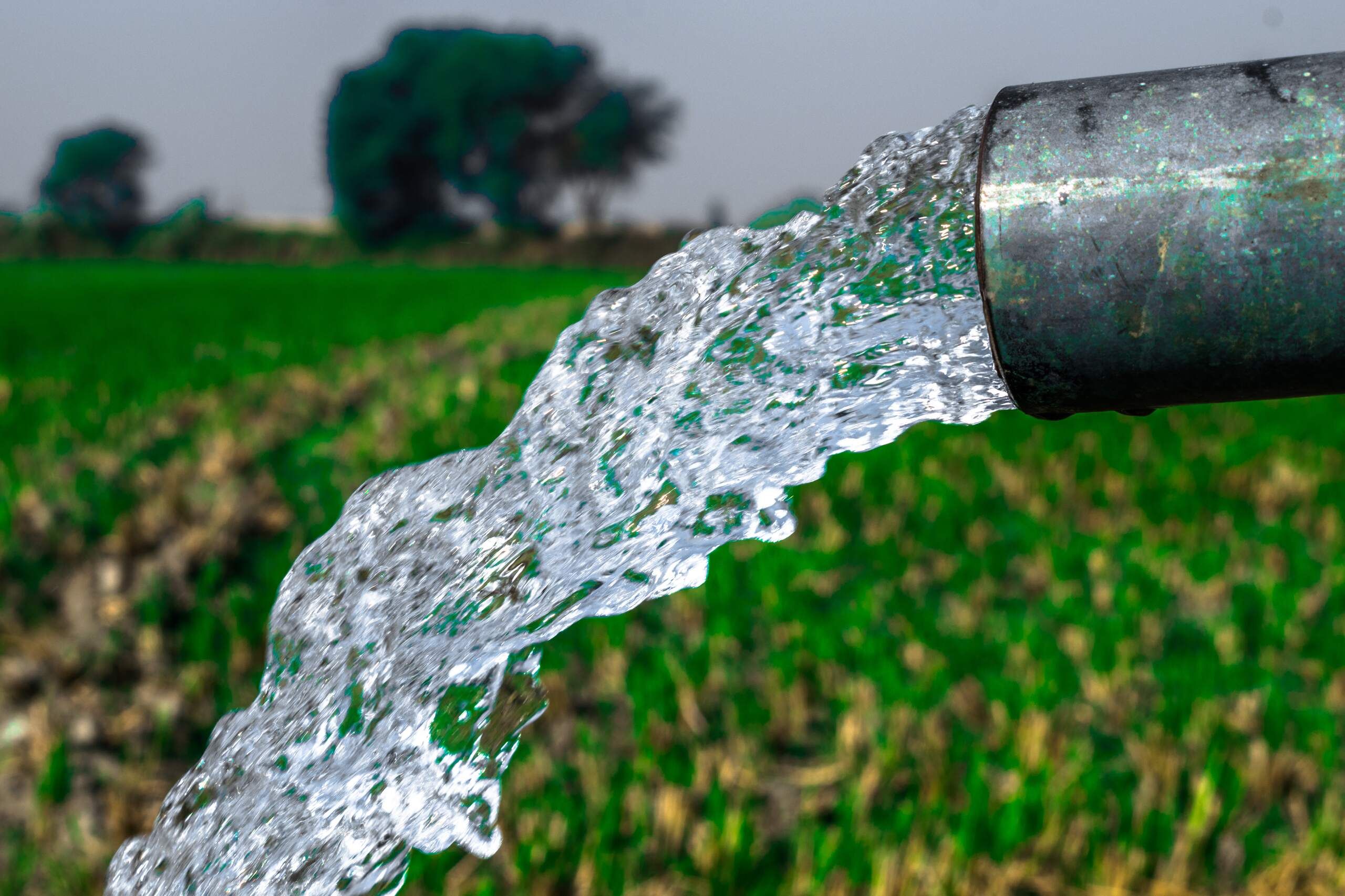
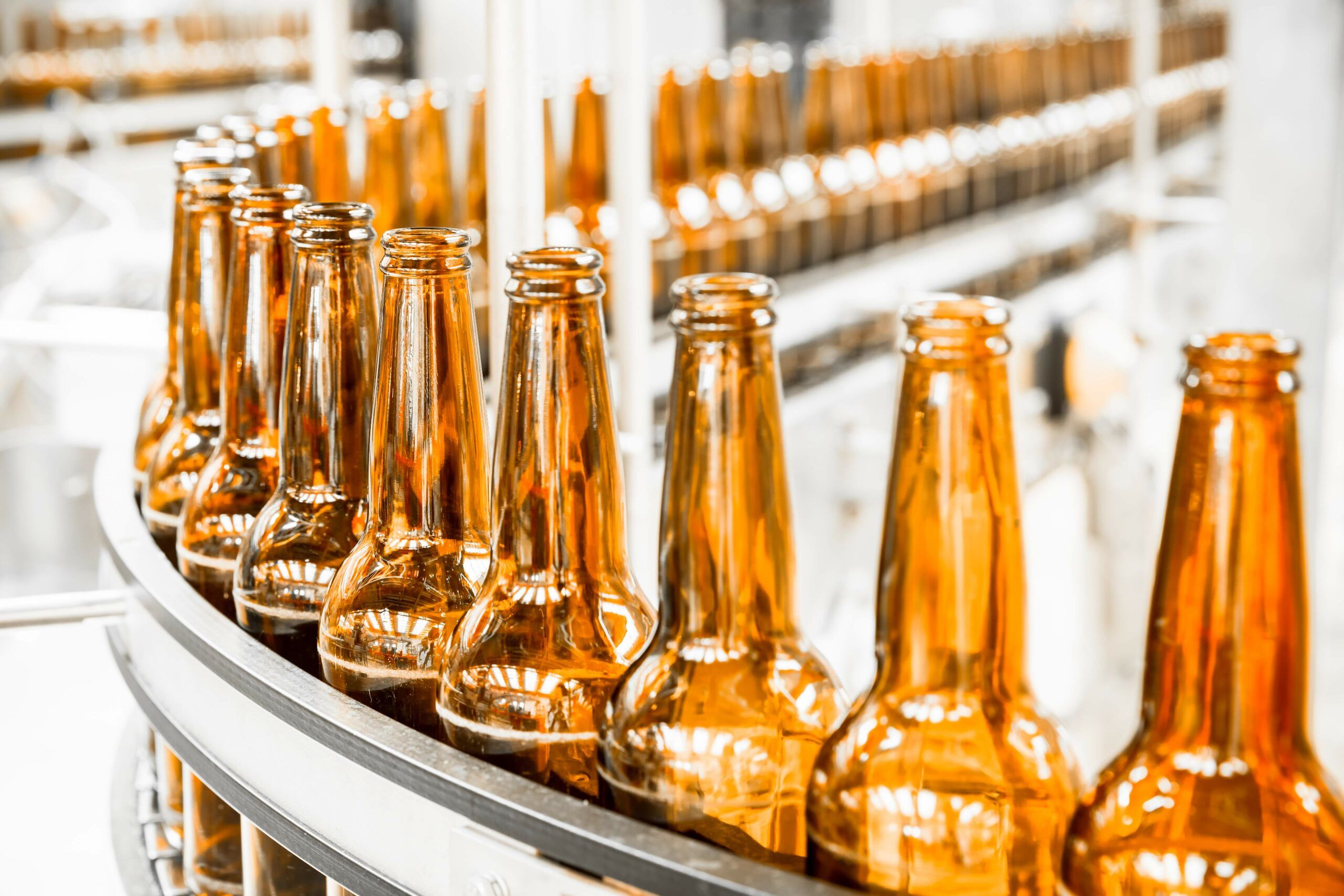

PROCESS & WASTEWATER IN THE AGRICULTURE INDUSTRY
Monitoring process and wastewater in the agriculture industry is important for several reasons:
-
Compliance with Regulations: The agriculture industry is subject to regulations regarding the use of fertilizers, pesticides, and other chemicals. Monitoring process and wastewater helps ensure compliance with these regulations and avoids penalties for non-compliance.
-
Environmental Protection: The use of fertilizers and pesticides can result in the production of wastewater that may contain harmful chemicals and pollutants. Monitoring wastewater can help identify and control the release of these pollutants into the environment, protecting public health and the environment.
-
Soil Health and Productivity: Monitoring process parameters and wastewater can help identify potential issues with soil health and productivity. Changes in these parameters can affect the fertility and productivity of the soil, so it is important to monitor them closely.
-
Optimization of Resources: Monitoring process parameters and wastewater can help identify opportunities for resource optimization, reducing waste and increasing efficiency. This can lead to cost savings and improved sustainability in the agriculture industry.
-
Risk Management: Monitoring process parameters and wastewater can help identify potential hazards and risks in the agricultural process, allowing for early intervention and risk management.
PROCESS & WASTEWATER IN THE FOOD & BEVERAGE INDUSTRY
It is important to monitor process and wastewater in the food and beverage industry for several reasons:
-
Compliance with Regulations: The food and beverage industry is subject to strict regulations regarding the production and disposal of food products and byproducts. Monitoring process and wastewater helps ensure compliance with these regulations and avoids penalties for non-compliance.
-
Product Quality Control: Monitoring process parameters such as temperature, pressure, pH, and other quality parameters can help ensure the quality and consistency of food and beverage products. Changes in these parameters can affect the taste, texture, and safety of food and beverages, so it is important to monitor them closely.
-
Environmental Protection: The food and beverage industry produces a significant amount of wastewater that can contain harmful chemicals and pollutants. Monitoring wastewater can help identify and control the release of these pollutants into the environment, protecting public health and the environment.
-
Process Optimization: Monitoring process parameters and wastewater can help identify opportunities for process optimization, reducing waste and increasing efficiency. This can lead to cost savings and improve the sustainability of the food and beverage manufacturing process.
-
Risk Management: Monitoring process parameters and wastewater can help identify potential hazards and risks in the manufacturing process, allowing for early intervention and risk management.
PROCESS & WASTEWATER IN THE LAB & RESEARCH INDUSTRY
Monitoring process and wastewater in the lab and research industry is important for several reasons:
-
Compliance with Regulations: The lab and research industry is subject to regulations regarding the use and disposal of chemicals and hazardous materials. Monitoring process and wastewater helps ensure compliance with these regulations and avoids penalties for non-compliance.
-
Environmental Protection: Labs and research facilities often produce wastewater that can contain harmful chemicals and pollutants. Monitoring wastewater can help identify and control the release of these pollutants into the environment, protecting public health and the environment.
-
Resource Optimization: Monitoring process parameters and wastewater can help identify opportunities for resource optimization, reducing waste and increasing efficiency. This can lead to cost savings and improved sustainability in the lab and research industry.
-
Product Quality Control: Monitoring process parameters can help ensure the quality and consistency of research products, including reagents, solvents, and other materials. Changes in these parameters can affect the accuracy and reliability of research results, so it is important to monitor them closely.
-
Risk Management: Monitoring process parameters and wastewater can help identify potential hazards and risks in the research process, allowing for early intervention and risk management.

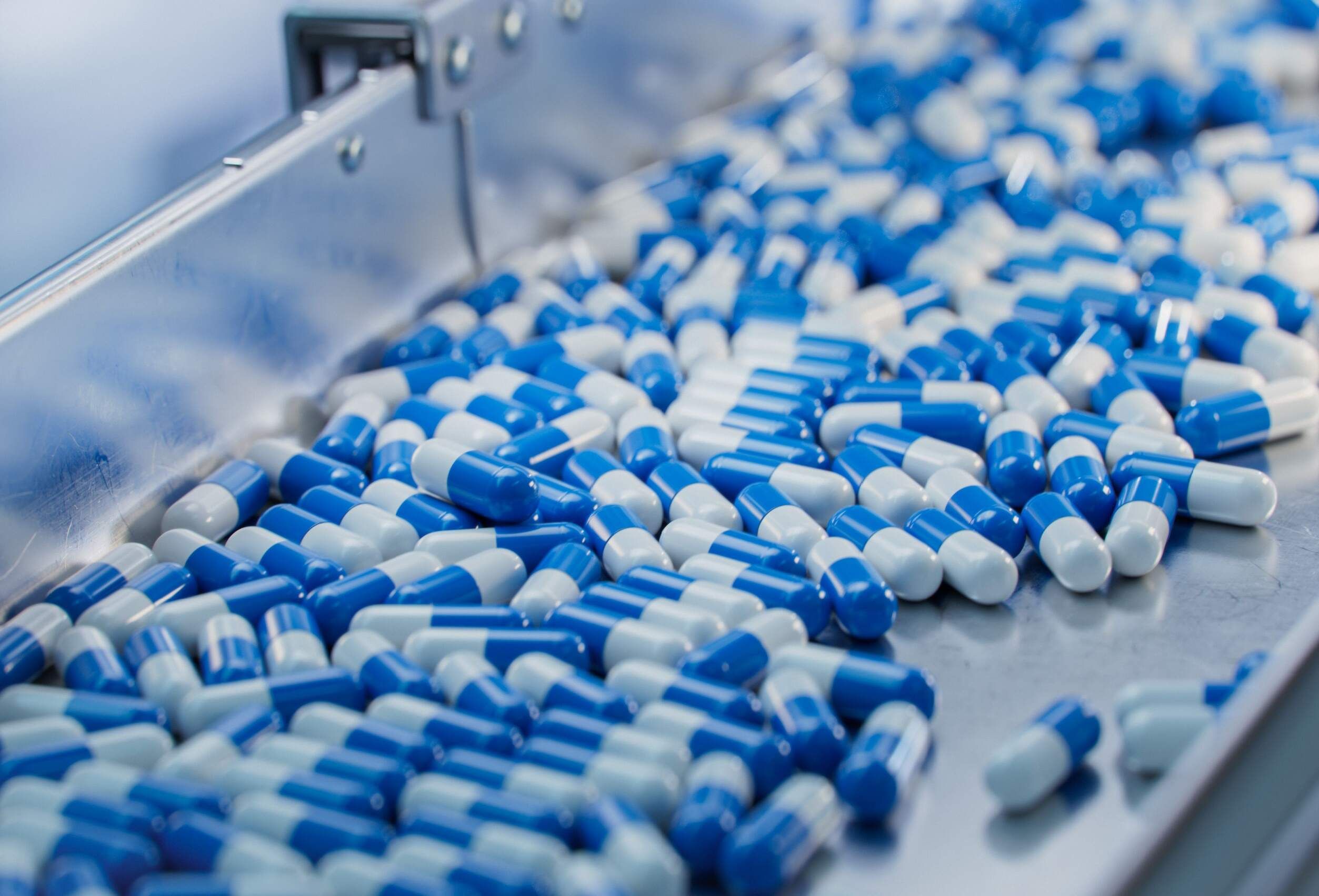
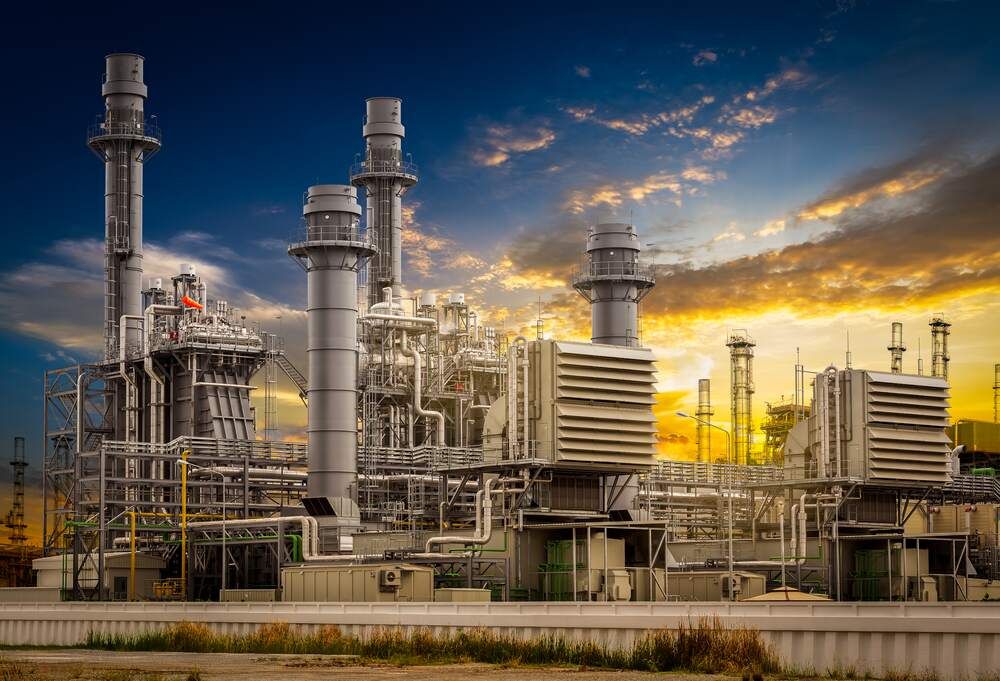
PROCESS & WASTEWATER IN THE AIRLINE/AEROSPACE INDUSTRY
Monitoring wastewater at airports and in aerospace is important because of:
-
Environmental Compliance: The airline/aerospace industry must comply with strict environmental regulations that limit the discharge of pollutants into the environment. Monitoring process and wastewater helps to ensure compliance with these regulations, protecting the environment and human health.
-
Resource Conservation: Monitoring process and wastewater can help the industry to conserve resources by identifying opportunities for water and chemical reuse. By reusing water and chemicals, the industry can reduce its environmental impact and save on costs.
-
Operational Efficiency: Monitoring process and wastewater can help the industry to operate more efficiently by identifying opportunities to reduce water and chemical consumption. This can help to lower operational costs and increase profitability.
-
Reputation Management: The airline/aerospace industry is under increasing public scrutiny for its environmental impact. By monitoring and minimizing its environmental impact, the industry can protect its reputation and maintain the trust of customers and stakeholders.
-
Risk Management: Process and wastewater monitoring can also help the industry to manage risks associated with the use of chemicals and other potentially hazardous materials. By monitoring and controlling the discharge of these materials, the industry can reduce the risk of accidents and minimize liability.
PROCESS & WASTEWATER IN THE PHARMACEUTICAL INDUSTRY
Monitoring process and wastewater in the pharmaceutical industry is critical:
-
Compliance with Regulations: The pharmaceutical industry is subject to strict regulations regarding the production and disposal of pharmaceutical products and byproducts. Monitoring process and wastewater helps ensure compliance with these regulations and avoids penalties for non-compliance.
-
Product Quality Control: Monitoring process parameters such as temperature, pressure, and pH can help ensure the quality and consistency of pharmaceutical products.
-
Environmental Protection: The pharmaceutical industry produces a significant amount of wastewater that can contain harmful chemicals and pollutants. Monitoring wastewater can help identify and control the release of these pollutants into the environment, protecting public health and the environment.
-
Process Optimization: Monitoring process parameters and wastewater can help identify opportunities for process optimization, reducing waste and increasing efficiency leading to cost savings and improve the sustainability of the pharmaceutical manufacturing process.
-
Risk Management: Monitoring process parameters and wastewater can help identify potential hazards and risks in the manufacturing process, allowing for early intervention and risk management.
PROCESS & WASTEWATER IN THE PETROCHEMICAL INDUSTRY
Monitoring process and wastewater in the petrochemical industry is important for several reasons:
-
Environmental Compliance: The petrochemical industry is subject to strict environmental regulations that limit the discharge of pollutants into the environment. Monitoring process and wastewater helps to ensure compliance with these regulations, protecting the environment and human health.
-
Resource Conservation: Monitoring process and wastewater can help the industry to conserve resources by identifying opportunities for water and chemical reuse. By reusing water and chemicals, the industry can reduce its environmental impact and save on costs.
-
Operational Efficiency: Monitoring process and wastewater can help the industry to operate more efficiently by identifying opportunities to reduce water and chemical consumption. This can help to lower operational costs and increase profitability.
-
Safety: Petrochemical plants use hazardous chemicals and materials that can pose risks to workers and the surrounding community. Monitoring process and wastewater can help to detect leaks, spills, and other safety hazards, helping to protect workers and the public from harm.
-
Reputation Management: The petrochemical industry is under increasing public scrutiny for its environmental and safety impact. By monitoring and minimizing its impact, the industry can protect its reputation and maintain the trust of customers and stakeholders.
-
Risk Management: Process and wastewater monitoring can also help the industry to manage risks associated with the use of hazardous chemicals and materials. By monitoring and controlling the discharge of these materials, the industry can reduce the risk of accidents and minimize liability.
OUR ANALYZERS MONITOR WHEN & WHERE YOU NEED IT
Monitor TOC, COD, BOD, TNb, and Toxicity Impurities in all Types of Water
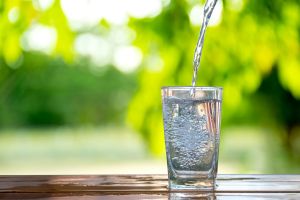
DRINKING WATER

GROUNDWATER
- QuickTOCultra™
- NitriTox™
- BioMontor™
- ToxAlarm™

PROCESS WATER
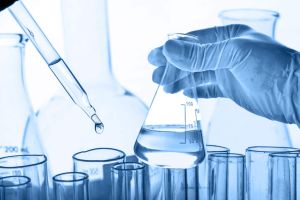
PURE & Ultra-Pure WATER

Run Off – Deicing WATER

WATER ANALYZERS BY INDUSTRY

AEROSPACE & GOVERNMENT

Aquaculture

ENVIRONMENTAL

FOOD & BEVERAGE

LAB & RESEARCH
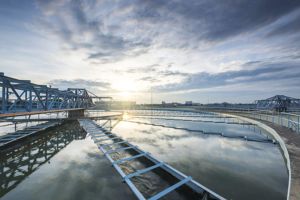
PETROCHEMICAL
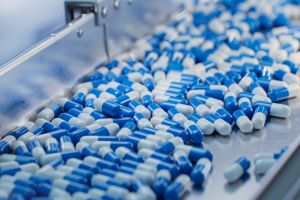
PHARMACEUTICAL

SEMICONDUCTOR

TRANSPORTATION


